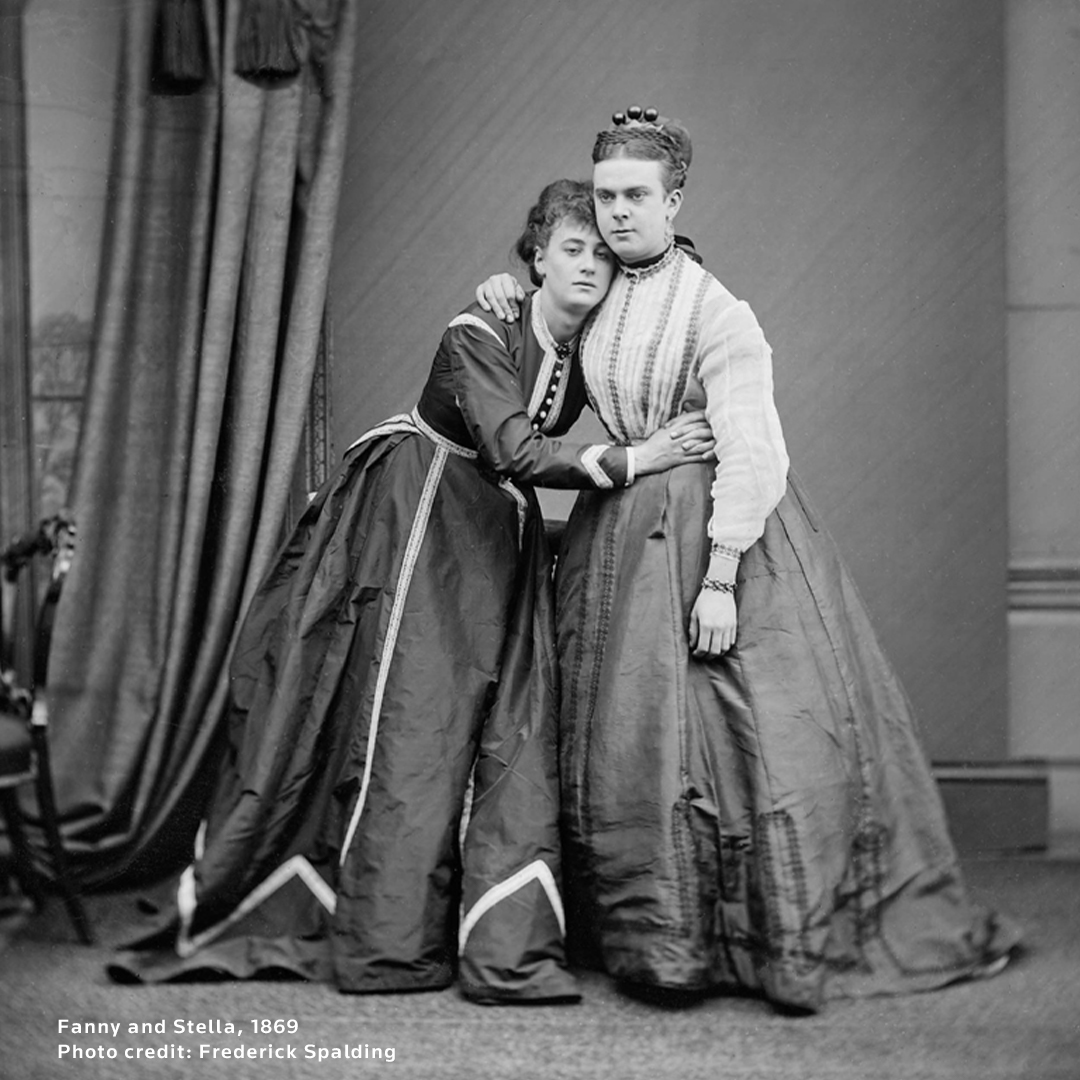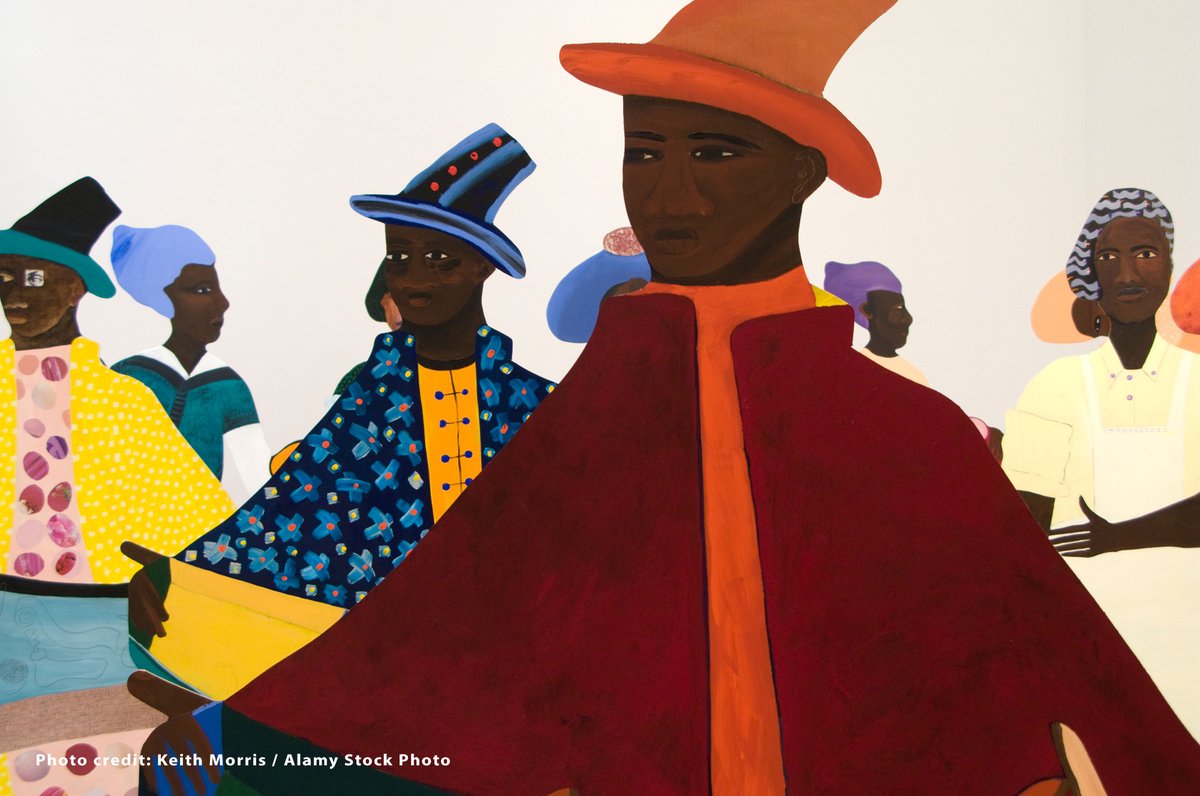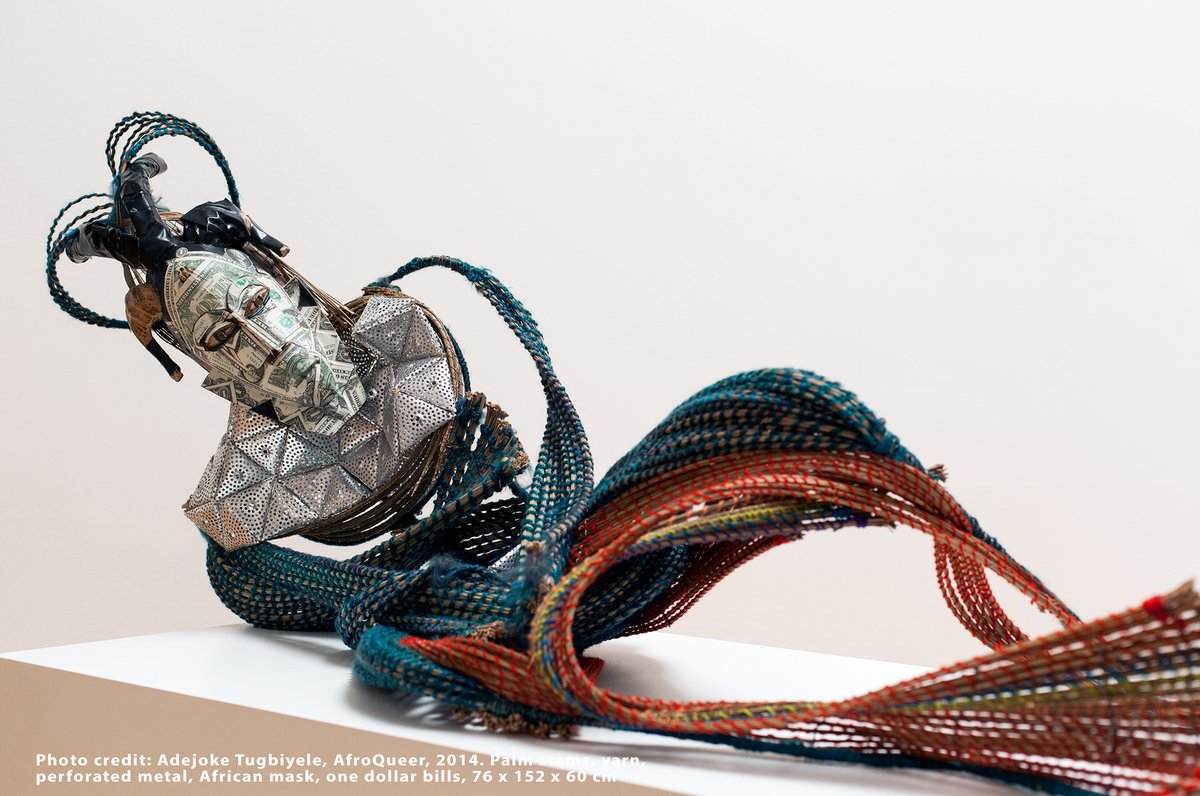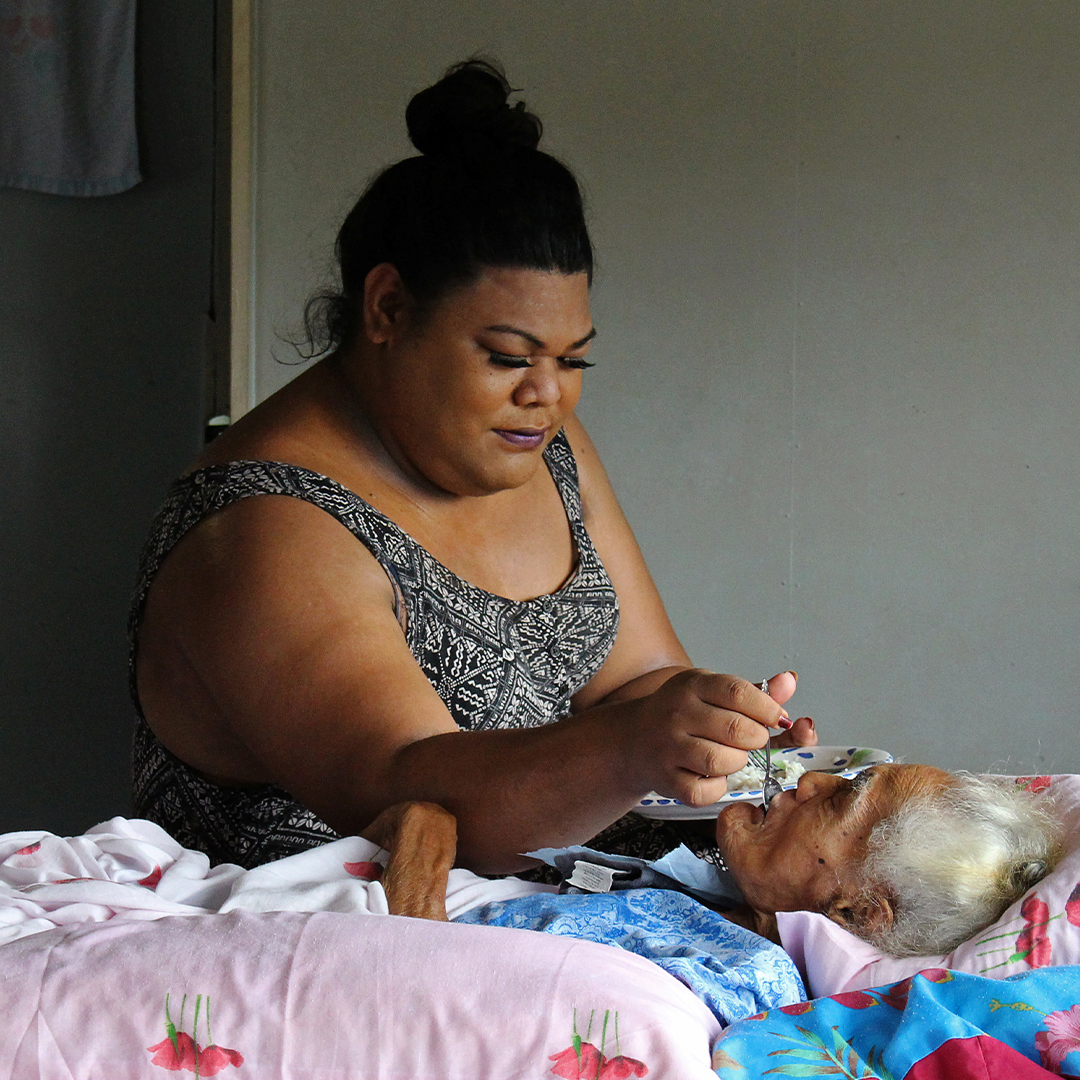
From Shakespearean England 🇬🇧 to RuPaul's global empire 🌍, the art of drag spans centuries.
Let's dig into the history books for a brief herstory of drag. The library is open and don't forget – reading is fundamental 📖
Thread 🧵
Let's dig into the history books for a brief herstory of drag. The library is open and don't forget – reading is fundamental 📖
Thread 🧵
So where does drag come from?
From ancient Greek dramas to Shakespearean England, women were often banished from the stage, even when the play had female characters 🎭
The solution? You guessed it – the men had to dress up as women
From ancient Greek dramas to Shakespearean England, women were often banished from the stage, even when the play had female characters 🎭
The solution? You guessed it – the men had to dress up as women

In fact, the term 'drag' comes from the theatre as well.
Coined in 19th-century England, it came from the long skirts male actors wore when cross-dressing. The dresses, you see, dragged on the floor... 👗
Coined in 19th-century England, it came from the long skirts male actors wore when cross-dressing. The dresses, you see, dragged on the floor... 👗

It was not until the 18th and 19th centuries that cross-dressing hit the streets – albeit not without controversy
In the early 1700s, Princess Seraphina was possibly the first recorded drag queen. But it was the 1871 trial of Fanny and Stella that shocked British 🇬🇧 society
In the early 1700s, Princess Seraphina was possibly the first recorded drag queen. But it was the 1871 trial of Fanny and Stella that shocked British 🇬🇧 society

The term 'drag' was probably first queered into 'drag queen' in the 1880s in Washington D.C. by former slave William Dorsey Swann, who styled himself the 'Queen of Drag' 👑
Today, Swann is considered a pioneer of both LGBT+ activism and modern ballroom culture
Today, Swann is considered a pioneer of both LGBT+ activism and modern ballroom culture

While Swann was in the D.C. ballrooms, the first secret drag ball – or masquerades as they were called – were held in Harlem, NYC, in 1869 🗽
The balls became better known in the 1920s, forming part of the Harlem Renaissance
The balls became better known in the 1920s, forming part of the Harlem Renaissance

However, it was not just men dressing as women - women also dressed as men.
English-born Vesta Tilley (1864-1952) was an early drag king, becoming the highest-paid woman in the UK 🇬🇧 and a star of the vaudeville circuit in the US 🇺🇸
English-born Vesta Tilley (1864-1952) was an early drag king, becoming the highest-paid woman in the UK 🇬🇧 and a star of the vaudeville circuit in the US 🇺🇸

Moving into the 20th century, women had been allowed on stage for quite a while, but that didn't stop men impersonating them in popular vaudeville and pantomime performances.
The exaggerated nature of these shows was a precursor for what we now know as ‘camp’ 💄
The exaggerated nature of these shows was a precursor for what we now know as ‘camp’ 💄

Julian Eltinge was another star of vaudeville's variety shows, making him one of the most famous and top-earning entertainers of the early 20th century 💰
Eltinge's main role in 1917 film, ‘The Countess Charming’, was one of the first representations of drag on screen 🎞️
Eltinge's main role in 1917 film, ‘The Countess Charming’, was one of the first representations of drag on screen 🎞️

The Roaring 20s boosted the popularity of drag balls, with drag performers and gay clubs peaking in the so-called Pansy Craze in the 1930s
From New York to Berlin, 'pansy performers' like Jean Malin rose in popularity as gay culture increasingly infiltrated the mainstream 🏳️🌈
From New York to Berlin, 'pansy performers' like Jean Malin rose in popularity as gay culture increasingly infiltrated the mainstream 🏳️🌈

In Weimar Germany, films like 'Victoria and Victoria' (1933) brought drag performances to the silver screen 📽️
But with the rise of the Nazis, the end of Prohibition in America and anti-gay regulations in Hollywood, drag went underground once more
But with the rise of the Nazis, the end of Prohibition in America and anti-gay regulations in Hollywood, drag went underground once more

World War II hit queer life hard - both during the conflict and afterwards
The postwar era saw the rise of conservative values, particularly in the US and UK. However, certain artists, like Danny La Rue, still managed to break through
The postwar era saw the rise of conservative values, particularly in the US and UK. However, certain artists, like Danny La Rue, still managed to break through

Following riots across America in the 1960s, the pivotal point in the LGBT+ liberation movement came in 1969 outside New York’s Stonewall Inn 🏳️🌈
Drag queens were on the frontline, fighting alongside other LGBT+ people for equal rights
Drag queens were on the frontline, fighting alongside other LGBT+ people for equal rights

While the fight for acceptance continued for years, the Stonewall riots were a turning point in the acceptance of LGBT+ people and culture
Drag once more moved into mainstream culture with films like ‘Pink Flamingos’, starring "the filthiest person alive", drag queen Divine 🦩
Drag once more moved into mainstream culture with films like ‘Pink Flamingos’, starring "the filthiest person alive", drag queen Divine 🦩

From hit-movies like ‘The Adventures of Priscilla, Queen of the Desert’, @RuPaul's first big hit and @Madonna's Vogue, the ‘90s was the decade drag entered pop culture 🎤
Perhaps most memorable was ‘Paris is Burning’ – a portrait of New York's ball culture, rooted in Harlem
Perhaps most memorable was ‘Paris is Burning’ – a portrait of New York's ball culture, rooted in Harlem

Over the next decade, drag would reach new heights. From the Harlem balls a century earlier to 'moffie' drag parties in South Africa, drag was about to leave the underground behind forever...
It’s now 2009 and the premiere of @RuPaulsDragRace 📺
It’s now 2009 and the premiere of @RuPaulsDragRace 📺

After 13 seasons, numerous spin-offs, awards and international versions, @RuPaulsDragRace has brought drag truly to the mainstream.
From the Oscars red carpet to @IKEACanada advertising campaigns, drag queens are now more visible than ever 📸
From the Oscars red carpet to @IKEACanada advertising campaigns, drag queens are now more visible than ever 📸

Now airing on primetime television and influencing popular language and beauty trends, drag culture has proved it's here to stay.
So what next for drag? It may be the turn of drag kings, who have often found themselves marginalised in drag history, to take centre stage 👑
So what next for drag? It may be the turn of drag kings, who have often found themselves marginalised in drag history, to take centre stage 👑

This is only a brief – and far from complete – history of drag, whose cultural impact across the centuries has led us to today, but it’s safe to say the art form is flourishing more than ever ⚡️
Who is your favourite artist from drag herstory? 🌈
Who is your favourite artist from drag herstory? 🌈
• • •
Missing some Tweet in this thread? You can try to
force a refresh














